Ah, hairballs! Every cat owner's not-so-favorite surprise.
While they might sound somewhat harmless, these sausage-like wads of hair can pose significant challenges to our feline friends.
As creatures that pride themselves on their meticulous grooming habits, it's only natural for cats to swallow some hair in the process.
But when these swallowed hairs start to amass in their stomachs, the scene that unfolds can be rather distressing for both the cat and its human companion.
From understanding the danger of blockages to exploring various prevention strategies, this article delves deep into the world of hairballs.
Read on to uncover ways to make your cat's life (and yours) a little less hairy!
What Are Hairballs?
If you have ever stepped on one barefoot, you probably know… Hairballs are not really ball-shaped, but rather sausage-like wads of wet hair that your cat has vomited.
Hairballs are formed when the cat swallows too much hair from its fur. While self-grooming, cats often come upon dead hair.
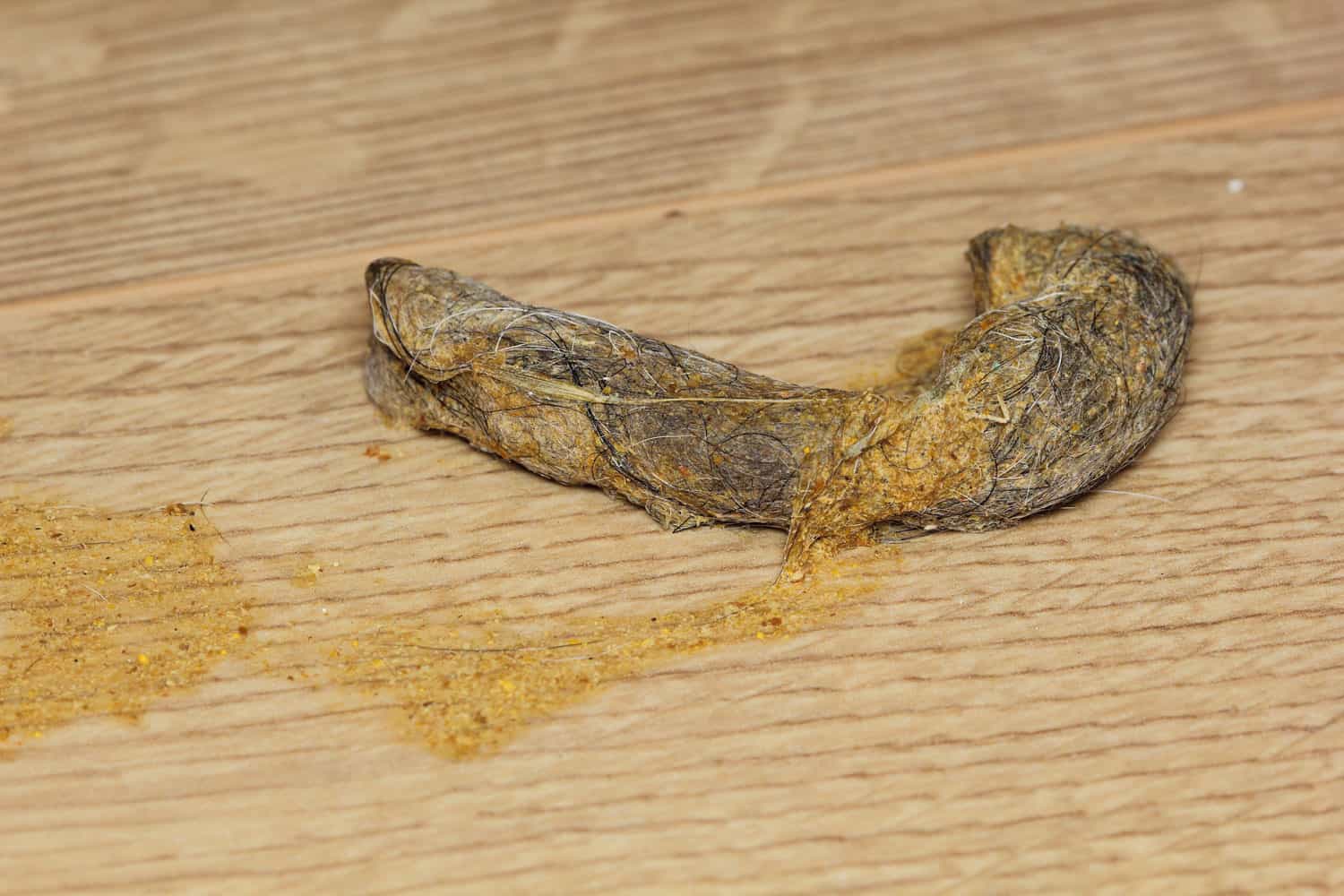
Because cats' tongues are rough one-way surfaces, they cannot dislodge the hair from their mouths and spit it out - they have no choice but to swallow it.
Cats usually ingest hair, which travels through their digestive system and comes out in the feces.
The problem occurs when the cat swallows too much hair and can't pass it along the usual route.
In that case, the hair accumulates in the stomach and forms a wad of compressed hairs. The cat finally vomits the mass of hair, making quite a spectacle of coughing and retching.
Any cat can suffer from an occasional hairball, but some cats are more susceptible than others.
Generally speaking, longhaired cats tend to swallow more hair mass, simply because they have more of it. The density and length of the cat's fur are thus a factor.
The Danger Of Blockage From Hairballs
The major problem that hairballs can create is intestinal blockage. Sometimes, the cat can neither pass the hair in the stool nor vomit up the hairball.
The hairball remains in the cat's intestines, partially or even totally blocking them.
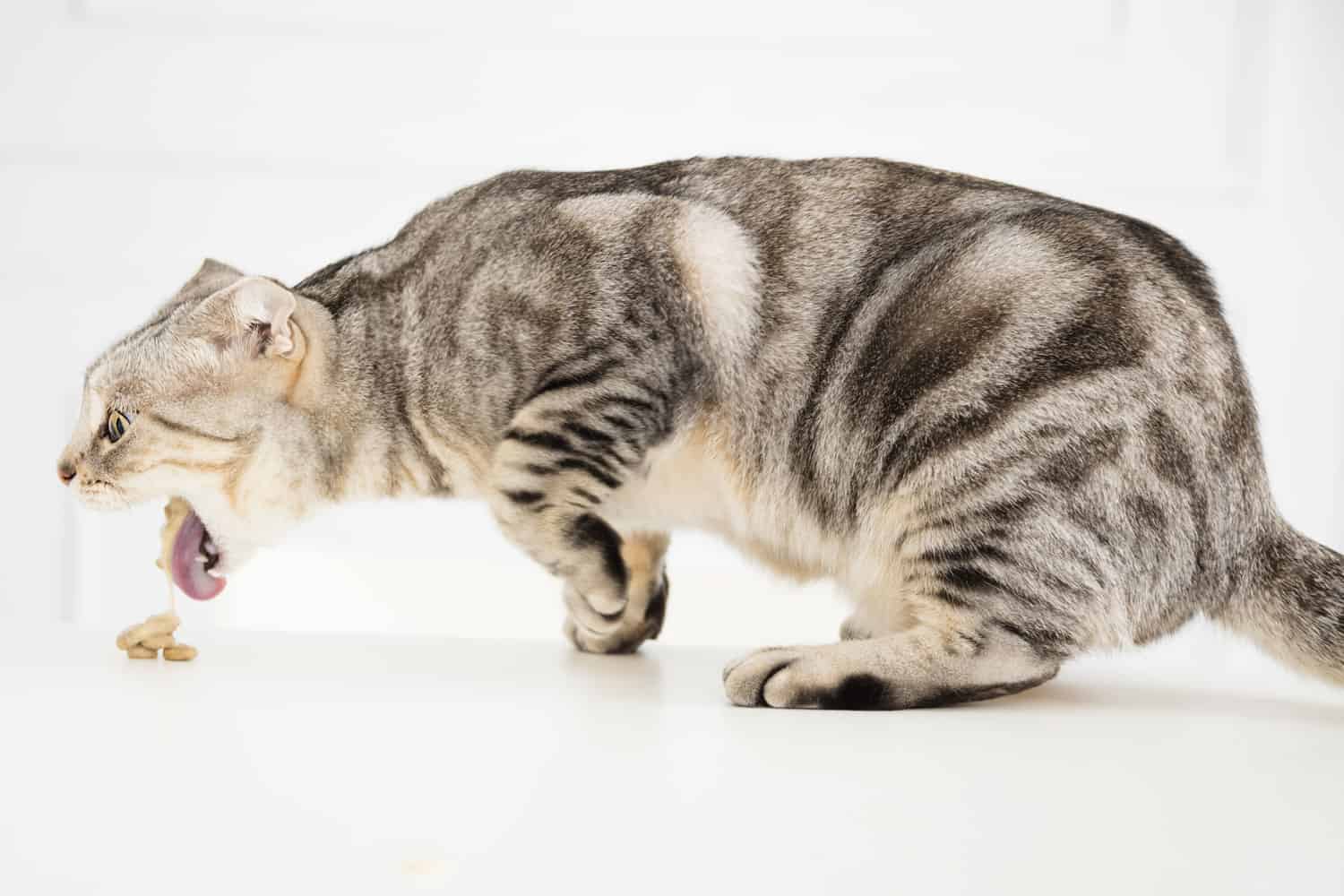
Blocked cats exhibit signs of constant attempts to vomit, often perceived as a dry cough or retching. Constipation can also indicate blockage, and it's often accompanied by loss of appetite.
Older cats are also prone to hair-induced blockage. As the cat ages, its digestive system becomes weaker and its bowel movements may not be strong enough to expel the hair.
Blockage can be a serious medical condition. Other things than hairballs may cause intestinal blockage, so you should contact the vet as soon as possible for a professional diagnosis and treatment.
SIGN UP FOR THECATSITE'S EMAIL UPDATES >
Hairballs Treatment And Prevention
If your cat is prone to getting hairballs, there are several things you should do:
Brushing
Brush your cat regularly to get rid of dead hair before your cat has a chance to swallow it in the course of its own grooming. This is probably the best way to prevent hairball problems.
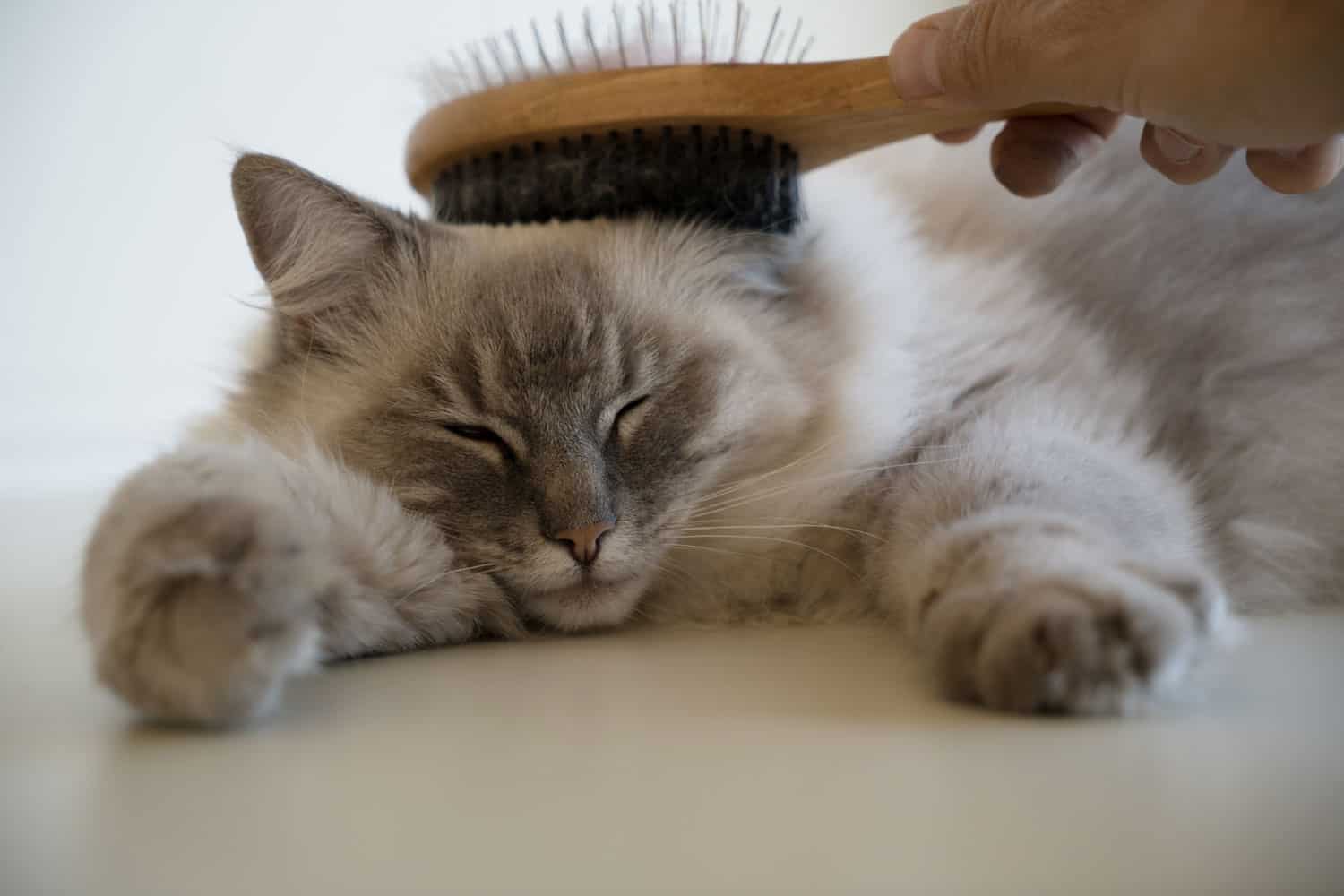
Laxatives
If your cat suffers from hairballs despite constant brushing, you may consider using a hairball prevention product such as Petromalt.
These are basically mild laxatives based on mineral oil or petroleum jelly.
The cat can't ingest this type of fat. Instead, it lubricates the cat's digestive system, allowing the excess hair to move forward and be expelled naturally in the feces.
Many cats like the taste of hairball prevention products, and they will often lick it directly off your finger.
You can also get the cat to ingest it by putting a dab of the laxative on the top of the cat's paw or on its nose and letting it lick the stuff off while grooming.
In her book, Think Like A Cat, feline behaviorist Pam Johnson-Bennett warns that some cats may shake their paw to get rid of the laxative instead of licking it off.
Make sure that your cat actually ingests the gel or paste rather than smearing it all over the walls.
High Fiber Diet
Cats with chronic hairball problems may need a change in diet. A high-fiber diet can help to increase bowel movements, thus preventing hairball blockages.
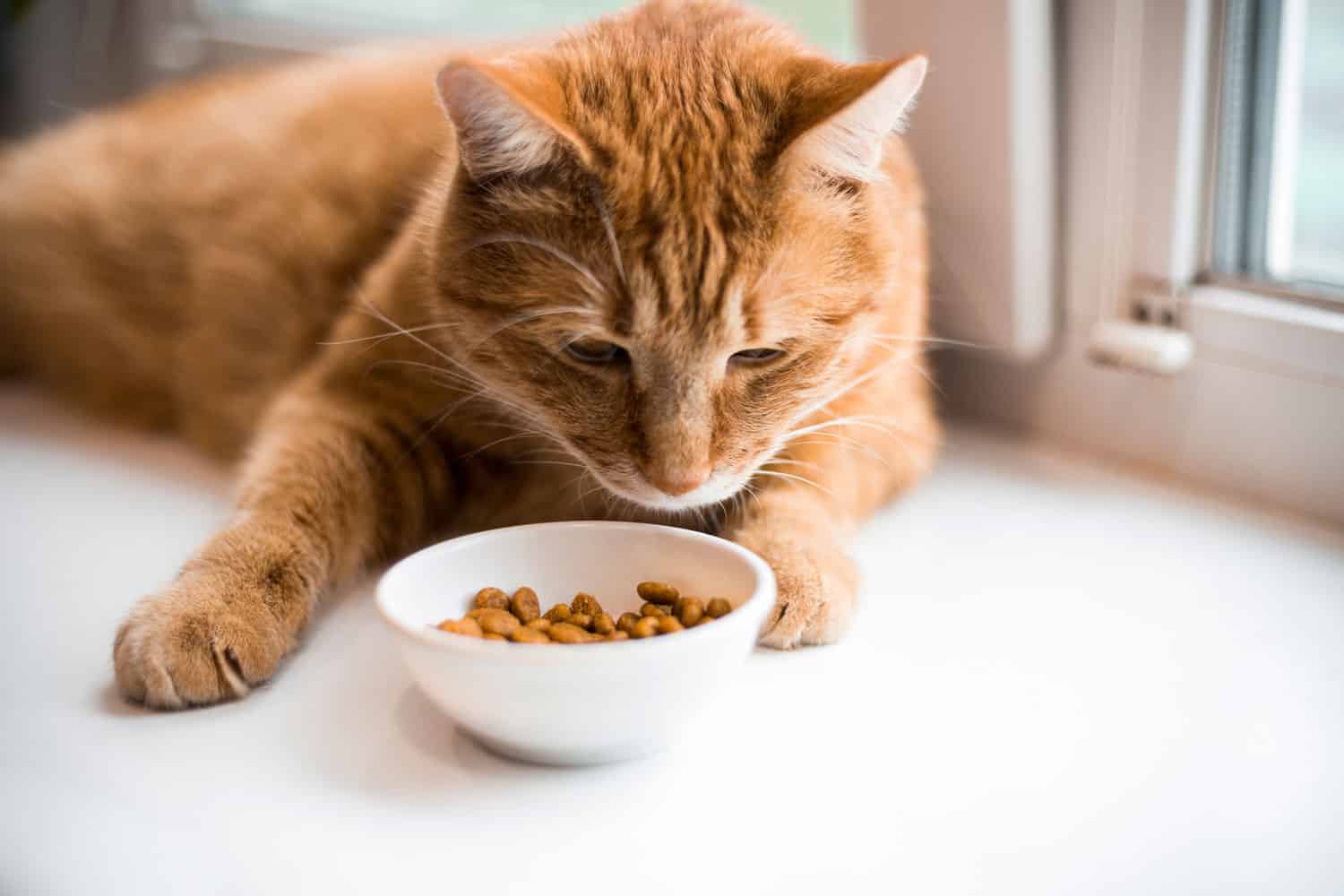
Consult your vet, if you think your cat may need a change in its food. There are commercial cat foods specially designed for cats with hairball problems.
Embracing Feline Care Beyond Hairballs
In our journey with feline companions, it's essential to be informed and proactive.
With the right knowledge and care, you can manage and even prevent hairballs, despite them being a common issue.
Every action we take, from regular grooming to dietary adjustments, showcases our commitment to ensuring our cats lead comfortable, healthy lives.
Let's continue to be the responsible cat owners our furry friends deserve, equipped with the insights and tools to tackle any hairball hurdle that comes our way.
SIGN UP FOR THECATSITE'S EMAIL UPDATES >
Comments? Leave them using the form below. Questions? Please use the cat forums for those!
Pin the image below to share this article on social media. Help others learn how to care for their cats in similar situations.
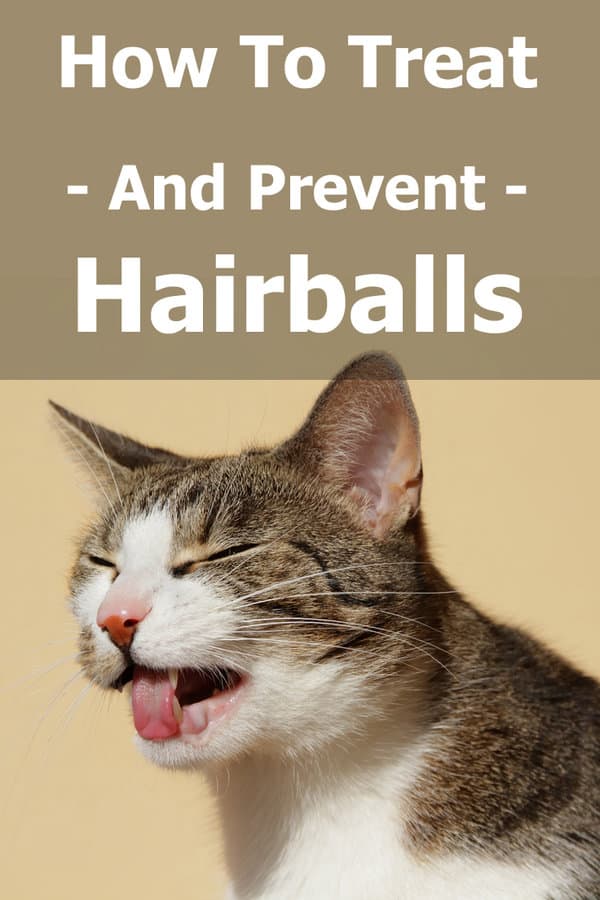
You might be interested in the following:
Why Do Cats Lick, Chew or Eat Human Hair?
Why Do Cats Lick, Chew or Eat Human Hair?
Note: We may get commissions for purchases made through links on this page.

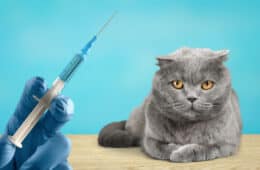
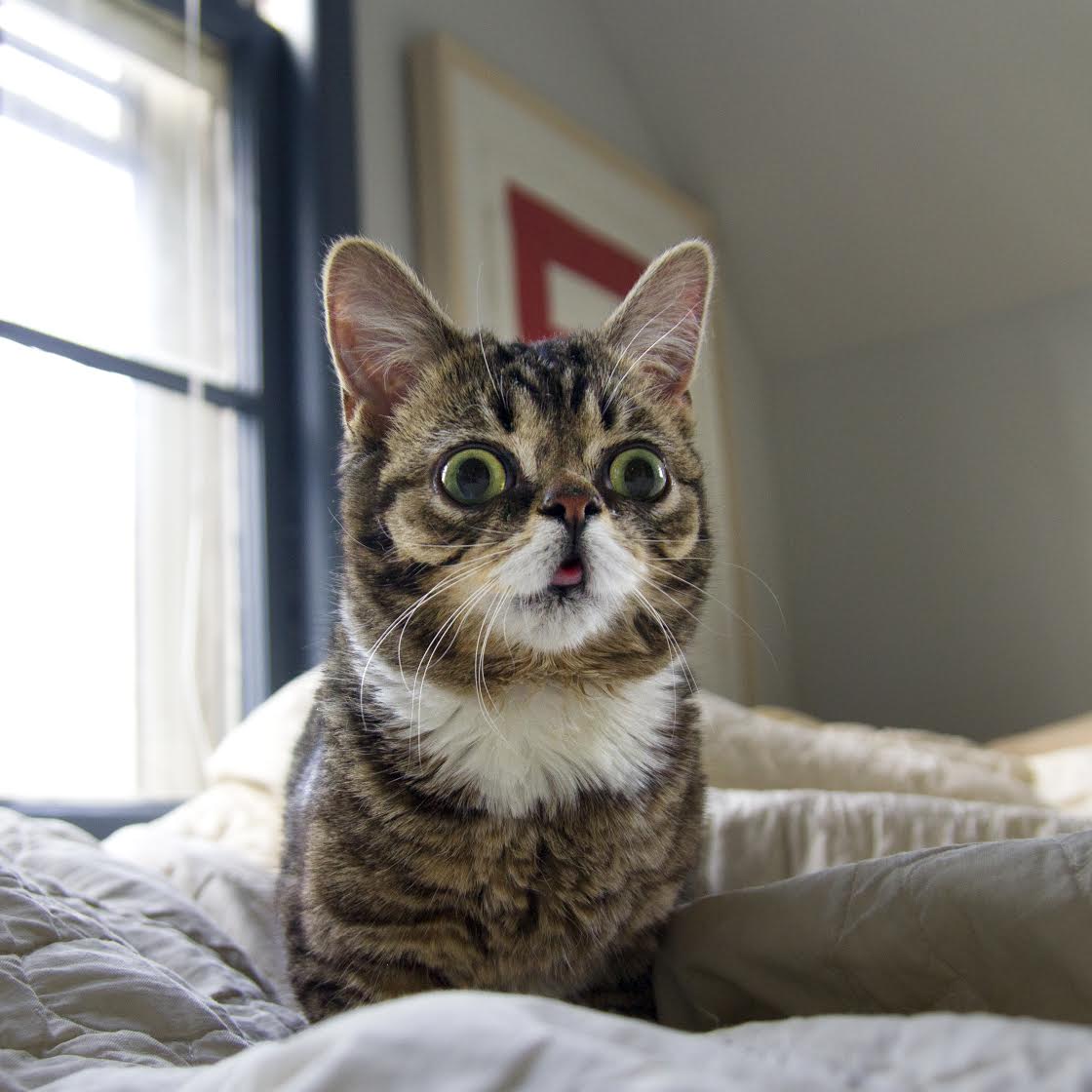
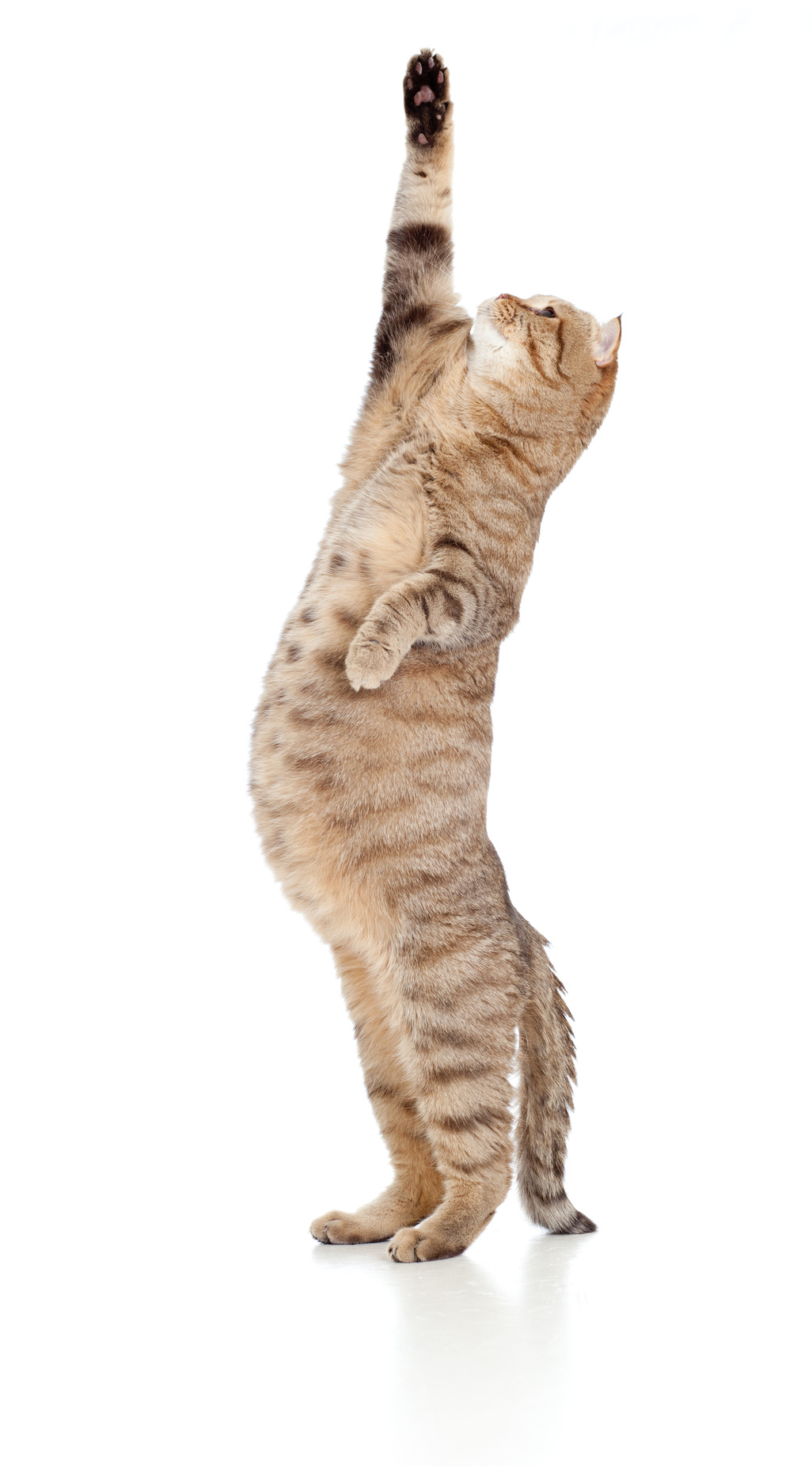
4 comments on “How To Treat – And Prevent – Hairballs In Cats”